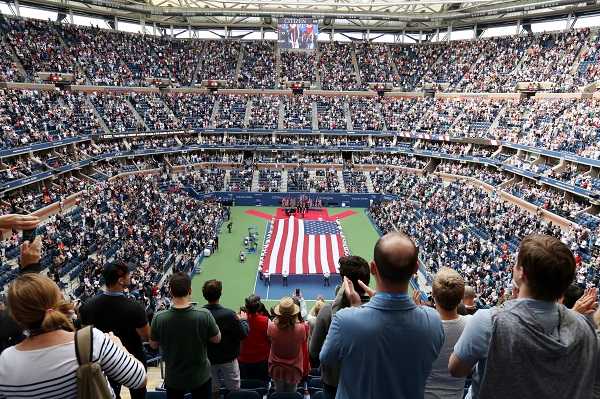For a long time, tennis has bitched about the time it takes players to get moving. To start a match, then between points and let’s not dismiss the time wasted on change overs. Time levels have blown out.
It has got to a ridiculous state, whether it’s a player making sure a drink bottle is perfectly straight or sitting down for a drink after the warm-up or bouncing the ball twenty times before hitting a serve. It has become painful and boring and irritating.
Nine times out of ten there is no need for these delays. The players have been able to get away with the potential time violations. All too often chair umpires have not enforced the rules that are there.
They should not be allowing players to stop at their courtside benches after the first game of a set or after the six points of a tiebreak, but the “chairs” have let things slide. One senior chair umpire agreed that I was right in my observation when I raised it.

It’s time this all stopped. This isnot the first time I have written about this subject but it has come up again because the USTA is going ahead with a shot clock at this year’s US Open … and about time.
The practice was trailed during the qualifying rounds for the 2017 US Open and will be adopted for the main draw this year which starts on 27 August.
There will be a seven minute period from when payers enter the court until the first point is played – that includes the five minute warm-up. I say get rid of the warm-up as well.
The USTA said they want to “keep the pace of play moving” and they are right to have that view.
A player will have 25 seconds to serve and if that is breached then they will be warned. There have been cries of concern on social media about the levels of warning. After the first warning a player will be penalised a point for the second infraction and then a game after the third.
It is no point having the rule in place if there are no penalties for the breaches but to be penalising a player a game for a third breach is a too tough and should be reconsidered.
In my view the players have brought this on themselves and now they are on notice. However, at the same time I hope chair umpires use some common sense in situations; if players have been involved in an excruciatingly long rally in some rather oppressive conditions that they are also given a bit of leeway.
Let’s see how it works and if it gets adapted at the other majors and the tour as a whole. But most definitely stop the plays from stopping on a change of ends after the first game of a set and mid tiebreak, that will save even more time.






